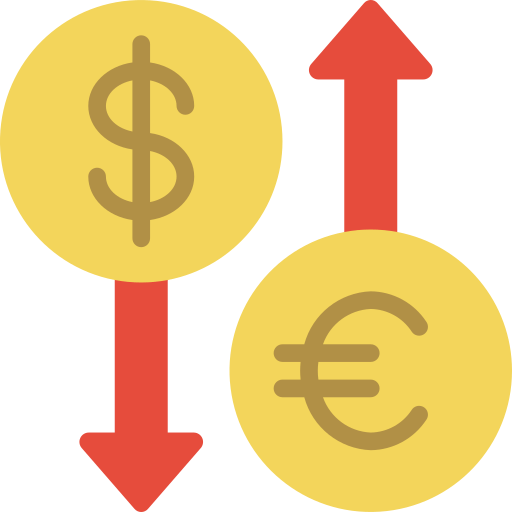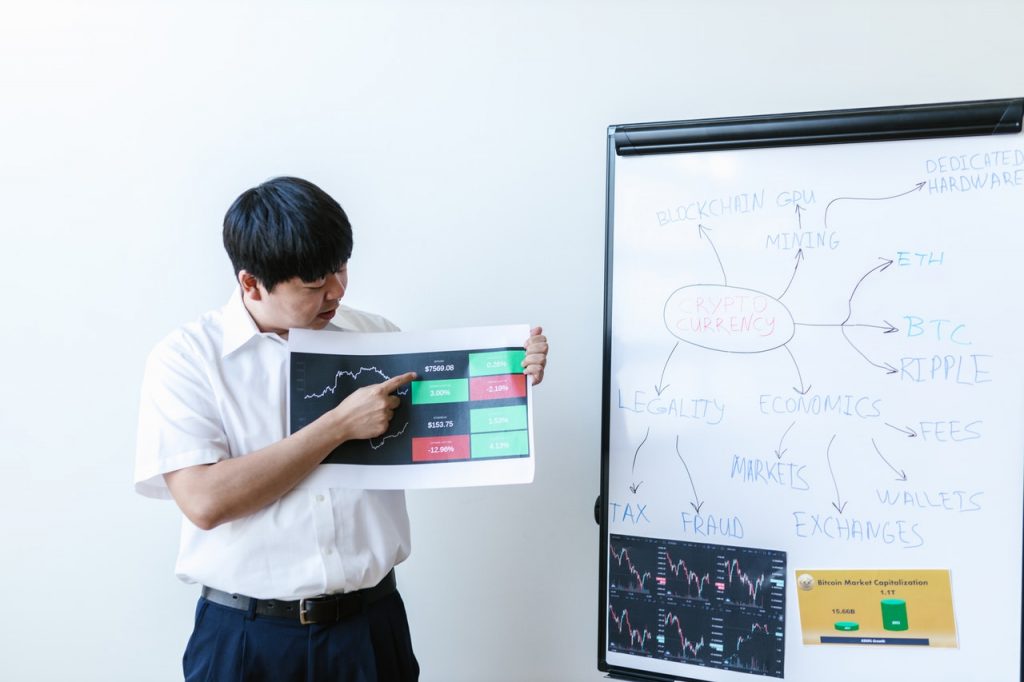A CFD (contract for difference) is an agreement between an investment institution and an investor. It requires investors to pay the investment institution the variation between an asset’s value at the contract time and its current value. With CFDs, investors and traders can earn profit from price fluctuation without possessing the fundamental assets. Read on to understand the risks involved in CFD trading.
Counterparty Risk
The counterparty is the investment institution that supplies the asset within a financial transaction. When selling or buying contracts for differences, the contract is the only traded asset that a CFD provider offers. As a result, the trader will be exposed to the CFD provider’s other counterparties like other clients the provider deals with. In this case, the affiliated risk will be that the counterparty may fail to accomplish its financial responsibilities.
Suppose the provider cannot fulfill these obligations, the underlying asset’s value will no longer be relevant. It’s worth mentioning that the contracts for differences industry is less regulated. A broker’s credibility depends on longevity, reputation, and financial standing instead of government liquidity or position. While there are numerous reputable brokers, investors should do their due diligence before opening a CFD trading account.
Market Risk
CFDs are derivative assets that traders can leverage to speculate an underlying asset’s movement. If an investor believes the fundamental asset will surge, they will select an extended position. However, if they believe the asset value will drop, they will select a short position. Investors are always hoping the underlying asset’s value will move in their favorable direction, which hardly happens.
Sudden changes in market conditions, news, or government policy can trigger unexpected asset fluctuation. CFD is highly volatile, and the slightest changes could have a significant effect on returns. Adverse effects in the underlying asset’s value may compel the provider to ask for another margin payment. Suppose the margin calls cannot be achieved, the provider might end your position, or you may end up incurring a loss.
Market Gapping and Volatility
Financial markets often fluctuate fast, which manifests in the instrument prices. Gapping occurs due to market volatility when instrument prices shift suddenly from one position to another while skipping the position between.
You may not always have an opportunity to set a market order. One of the critical effects of such conditions is executing the stop-loss order at lower or higher prices than you had predicted based on your trade’s direction. To reduce the risk and effect of market volatility, a trader can apply guaranteed or boundary stop-loss order.
Client money Risk
Some countries have banned CFD trading. However, in countries where CFD trading is still legal, investor money protection regulations exist to protect traders from possible adverse practices by CFD providers. According to the law, any money transmitted to a CFD provider should be separated from their (provider’s) money to avoid sidestepping their investments. Still, the law may not restrict a trader’s money from being merged in one or even more accounts.
Once the investor and a provider sign a contract, the provider retracts the previous margin and demands more margins from the merged account. Suppose other clients in the merged account do not fulfill the margin calls; the provider can bill from the merged account, affecting returns.
Mitigating CFD Trading Risks
Here are some tips to help you reduce the risks of CFD trading.
· Research Widely
Before venturing into CFD trading, consider doing your due diligence and researching extensively. The more conversant you are with CFD trading and the associated risks, the better you will avoid risks and reduce potential losses.
· Choose an Asset Group You’re Conversant wit
Trade contracts for differences with fundamental assets you are conversant with. For instance, if you have a broad understanding of share trading and know the factors that influence share prices, consider trading CFDs with shares for a start.
· Open a Free Demo Account
Before investing real money in trading, consider leveraging the numerous free demo accounts that CFD brokers offer. Many brokers provide a demo account that you can leverage to practice trade execution within an artificial environment. Doing so gives you a chance to learn various techniques and test trading strategies without risking your capital. Some brokers will give you virtual funds which you can practice with.
Finally
When trading contracts for differences, leverage stop-loss orders to reduce potential risks. Before venturing into CFD trading, understand the risks involved, research, and do your due diligence to be on the safe side.

